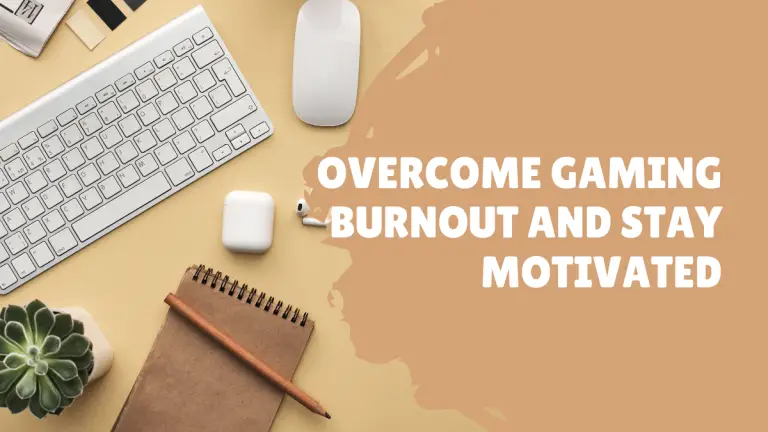How to Choose the Right Graphics Settings for Smooth Gaming?
Ready to unleash the true potential of your gaming experience? Look no further! In this beginner’s guide, we’ll walk you through the art of selecting the perfect graphics settings for smooth and immersive gaming.
From understanding resolution options to harnessing advanced visual effects, get ready to level up your game like never before. So grab your controller or keyboard because it’s time to dive into a world where every frame counts – let’s unlock the power of stunning graphics together!
What is Smooth Gaming?
There is no single answer to this question, as the best way to achieve smooth gameplay depends on your individual hardware and game settings. However, some general guidelines can help you get started.
First, ensure your graphics settings are set to the highest possible level. This will allow the game to use the most resources possible and improve performance overall.
Next, try to avoid using too many graphics effects or particles. These will increase the load time and dramatically decrease performance. Try to stick with basic options when possible.
Be aware of your frame rate target. You want your game to reach This maximum number of frames per second (fps). If your frame rate falls below this target, you may need to adjust your graphics settings to improve performance.
Types of Graphics Settings
There are a variety of graphics settings that can be adjusted to improve smooth gaming performance on your computer. If you’re new to PC gaming or have been considering upgrading your hardware but don’t know where to start, this guide will help you choose the right graphics settings for your system.
First, ensure your computer has the appropriate hardware for smooth gaming by checking its specifications. Next, decide what kind of graphics setting you want to adjust. There are three main types of graphics settings: graphical, display, and game-specific.
Graphical Settings
These are the most general graphics settings and affect everything from the game’s visual quality to how smoothly it runs on your system. To change these settings, open your game’s properties menu (usually accessible through the game’s shortcut or the “Game Properties” window in Microsoft Windows) and navigate to the “Graphics” tab. Here you’ll find options like resolution, texture quality, frame rate, antialiasing, and more.
Some games require more powerful hardware than others to run smoothly at high resolutions or with high texture quality; if you’re unsure whether a specific setting will work well on your system, try lowering one of these values before upping another.
Display Settings
These are specific to individual games and affect things like image size and clarity and how quickly text appears onscreen. To change these settings in Windows 10/8/
There are three main graphics settings that you’ll want to adjust on your computer if you want to get the most out of smooth gaming: graphics quality, antialiasing, and texture resolution. Graphics quality is the most important setting for smooth gaming because it determines how detailed and realistic the images on your screen appear.
Antialiasing is a technique that reduces jagged edges on characters and objects in scenes, making them look smoother. Texture resolution affects how fine the details in textures appear on your screen. The higher the resolution, the more detail you’ll see in objects and characters.
How to Choose the Right Graphics Settings for Smooth Gaming?
You’ll need to tweak your graphics settings to enjoy smooth gameplay on your computer. This guide will walk you through the different options and what they do.
- First, you’ll want to decide whether to use antialiasing or anisotropic filtering. Anisotropic filtering is a more advanced feature that helps improve the clarity of textures on objects close to the player, but it can cause graphical tearing. Antialiasing is a simpler option that reduces the jagged edges seen on textured surfaces.
- Next, set your resolution. Higher resolutions will allow more detailed graphics, but they will also take up more space on your computer and may be harder to play on lower-end monitors. Try to keep your resolution between 1920×1080 and 2560×1440 for most games.
- You can also adjust the graphical quality using shadows, lighting, and texture detail settings. Each has benefits and drawbacks, so it’s important to experiment until you find the best setting for you.
Conclusion
When you’re playing a game, the last thing you want to experience is choppiness or screen tearing. Thankfully, there are a few things that you can do on your computer to help improve gaming performance and minimize these pesky issues. In this beginner’s guide, we will outline the most important factors to consider when choosing graphics settings for smooth gameplay, so you can get the best possible gaming experience. Thanks for reading!







